Following The Film Stage’s collective top 50 films of 2023, as part of our year-end coverage, our contributors are sharing their personal top 10 lists.
The world came back in 2023. The box office, the labor strikes, the raging wars, the WHO-declared end of official global emergency, the AI explosion. People were stir-crazy, anxious to act, be it in the name of violence or peace or productivity. It’s been a sobering reminder that life fully lived is defined by bedrock tragedy as much as triumph––that to enter back into open community with the rest of the world is to feel the effervescence of life flowing naturally again while simultaneously laying oneself bare to fresh devastation. It’s been a reminder of the duality of being: that real life is much wilder than the movies and yet the day-to-day is still defined by mundanity and monotony––the amassed in-between moments.
In those in-betweens, I started a filmmaking career by way of writing, directing, editing, and producing my first short, Desert Window, which I’d been working on with a small team since the summer of 2021. It might be at a festival next year but it also might not be. If it isn’t, that’s okay. It’s our first film, and the reason for it was never recognition or capital; rather the sense of meaning and community that comes from the daily process of creating it and the artistic development that comes with moving onto the next project as seamlessly as the Sparks brothers. To that effect, I have three shorts in the hopper already: a mildly experimental nature doc that I’m almost finished editing, a fiction film about an eerie afterlife in a darkroom (also in editing), and a chamber thriller about a man’s last q-tip (which I recently cut a quick teaser for).
As far as other people’s films are concerned, I watched 337 of them in the calendar year, around 200 of which were new releases. Scorsese was my most-watched director. Ayo Edibiri and Hugh Grant were my most-watched actors at five films each. Hugh Grant is lovely, but in the year of W*nka––a soulless, imagination-free $125 million flick–I can’t say I appreciate his 2023, the likes of which rode on two supremely forgettable IP projects. On the opposite end of that spectrum, Edibiri put on an absolute showcase. All five of her films were from 2023 and ran the gamut from blockbuster animation to incendiary indie, from top three at the box office to fringe directorial debut in a Cannes sidebar section. And that’s not even touching the 10 TV series she either led or made an appearance on in 2023. It’s unparalleled–one of the most impressive years from any actor in film and TV history.
Outside of the new year in film, Robert Altman’s 1980 Popeye was, far and away, my #1 movie of the year––a formal, visual, and sonic approach so singular I couldn’t stop talking about it all summer. After Terence Davies died, I watched The Deep Blue Sea for the first time and couldn’t believe my eyes (or ears). I loved the other films I’d seen of his, but this one hit a different chord. What a profound and measured storyteller. What a loss.
Professional highlights from the year include covering another Cannes, Venice, and NYFF, along with a few choice interviews. I met up with Todd Haynes on the Croisette to talk May December (tied with Barbie, Killers of the Flower Moon, and Popeye for my most watched of the year at three times). In New York, I spoke with Albert Serra about Pacifiction. And I got to sit down with Ryusuke Hamaguchi on the Lido in Venice, where we talked about the terrific Evil Does Not Exist. That interview is in limbo, but look out for it when the film drops in the US later this year. And, lastly, here are my favorite reviews I wrote (not counting those linked in the list below): May December, Monster, Asteroid City, Perfect Days, and Poor Things. Speaking of… onto the year’s best.
I made a list of the 52 best movies of 2023 here. They’re ranked up to #35. Everything after that is just included. They’re all movies that I’d strongly recommend or that made some lasting mark on me. I won’t genealogically list them, but I’ll name 15 or so: The Holdovers, Amanda, Revoir Paris, May December, Coma, Scarlet, Monster, Beyond Utopia, Perfect Days, Poor Things, Divinity, Other People’s Children, Oppenheimer, Anatomy of a Fall, Past Lives, Tommy Guns, Fallen Leaves, Our Body, Godland, Nam June Paik: Moon Is the Oldest TV, Menus-Plaisirs Les Troisgros, Showing Up, Fremont, The Promised Land, and The Kiev Trial. Okay, that was 25. But there are still 17 I haven’t listed, and those I’ll leave to your own clicking.
Finally, a shout to Benoît Magimel for an amazing year, one in which he landed in my #1, #2, and #13 films. Dude is on a roll. Or should I say De Roller?
In the spirit of Eugenie and Dodin Bouffant, bon appétit.
10. Unrest (Cyril Schäublin)
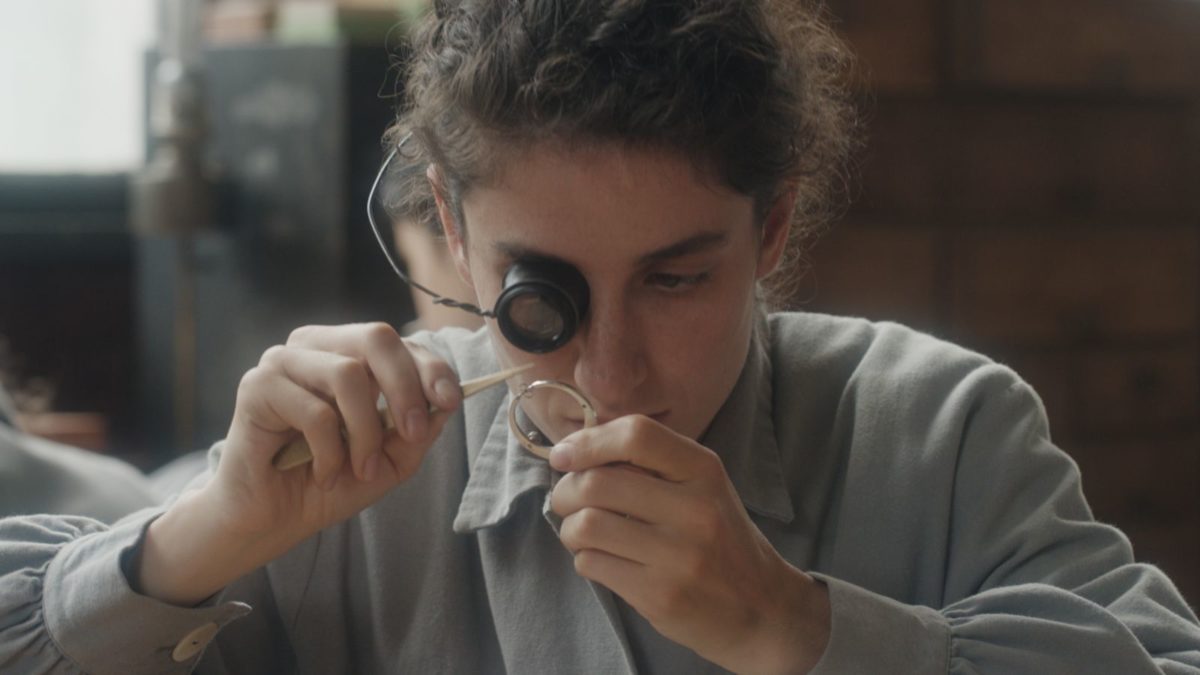
A portmanteau of setting––the playful, glistening green of the Swiss Jura Mountains in the summer and the heart of the international anarchist rotation circle. The singular combination is fit with the gravity to build countries and, simultaneously, annihilate national pride, all with a confident smile and a kind-hearted handshake. As the clockworkers would say: “Nation is a phantom.” These aren’t modern-day anarchists. This is 19th century Switzerland. They’re gentle, soft-spoken, from a more innocent time and place, when and where anarchy looked friendly and was the most calm, sensible, and peaceable approach to integrated community; when and where a people fought without bloodshed against the comfort and convenience of nationalism for the sake of the betterment of society as a whole; when and where owners respected their employees like equals. (Need I say more about its innocent wonder?) Unrest is a playfully whispered agitprop of a film, breathed into existence to get the gears of our brain churning around the formation of integral social systems and the feverishly debated ideologies that surround them. Through the eyes of a friendly cartographer (whose daily practice and ultimate endgame are a fascination all their own), we witness the complex development of capital, authority, and the inevitable and sensitive nature of human-kept time, which stops for nothing, but could always be a few minutes fast, depending on who’s in charge.
9. Barbie (Greta Gerwig)

The sheer scope of Gerwig’s achievement can’t be overstated, and if you were alive this summer, that’s saying a lot. Because nobody shut up about Barbie for three months. And they were right not to. Rarely does something so befitting of both art and capital, presentation and execution, masc and fem, the thoughtful individual and the masses enter the world with enough grace to leverage its own power and reinvigorate the country’s culture of moviegoing. And by rarely, I mean never. This was the first time. Barbie cracks the top ten for milestone recognition as much as it does for how well-crafted it is in every department. The masses don’t know it, but Gerwig is secretly re-addicting them to thoughtfully made art, with an emphasis on how popular something well-considered can still be. If the studios are listening to the megaphone in their ear that was Barbie’s (and Oppenheimer’s) historic box office run, they might take some cues from the creative freedom of 1970s Hollywood and share more crumbs of creative responsibility with the directors and creatives they hire.
8. R.M.N. (Cristian Mungiu)
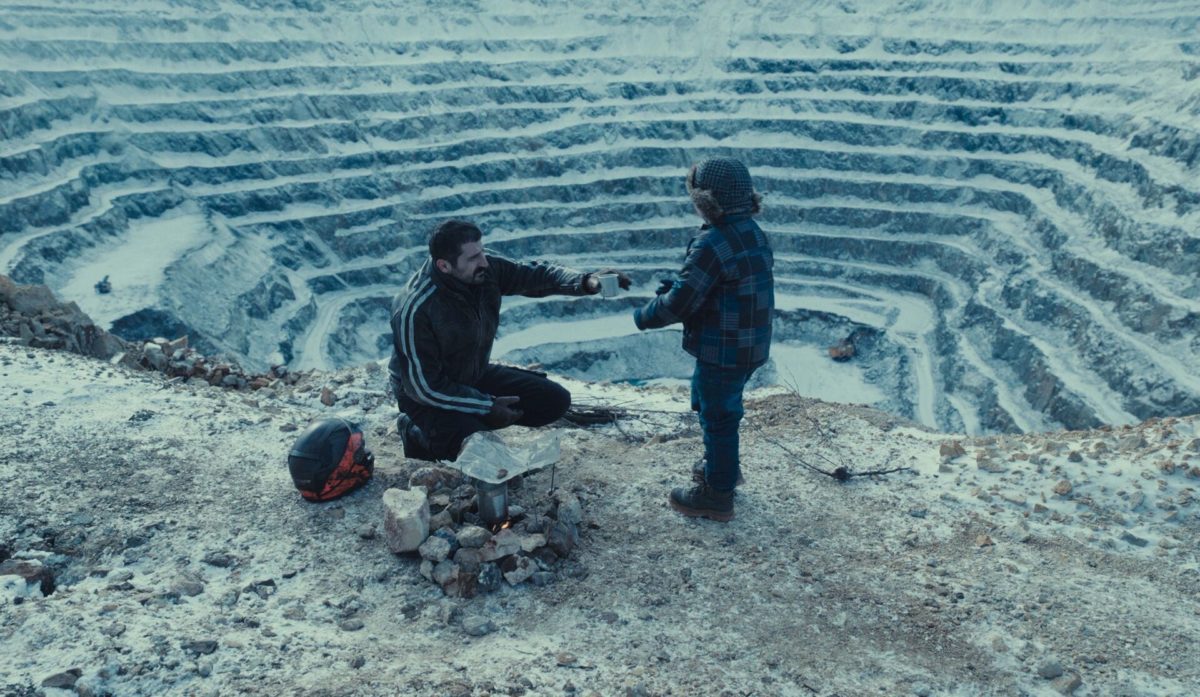
So many things set Mungiu’s sixth feature apart, it’s tough to know where to start. With the dry, forested, icy blue palette that stands out as some of the year’s finest coloring work? Or with the film’s somehow successful repurposing of Wong Kar Wai’s In the Mood for Love theme as its own theme? Or the looming treachery of the bears nearby? Or the film’s 17-minute long single take in a town hall meeting (a shot so energetic and full, you can’t believe one of the 85 actors in frame hasn’t fucked something up every second past the midway point)? Or, perhaps with its portrayal of the staying power of assured xenophobia, racism, and ignorance in the name of comfort, familiarity, tradition, and the right to miseducation? Whatever you do, don’t miss it. If for nothing else, for the year’s most shocking finish.
7. Killers of the Flower Moon (Martin Scorsese)

I went long on Scorsese’s gut-wrenching three-and-a-half-hour Osage epic at the Cannes, so I’ll leave you to my review here. On successive watches, it only got heavier, more stark, more gutting. It’s such a fast experience in how gripping it is but such a long one in its sting. Anna’s death has replayed in my head countless times. Back to back with the cold, blunt courtroom description of the chain of events, it lingers as the most devastatingly memorable sequence in a film all year.
6. De Humani Corporis Fabrica (Lucien Castaing-Taylor and Véréna Paravel)
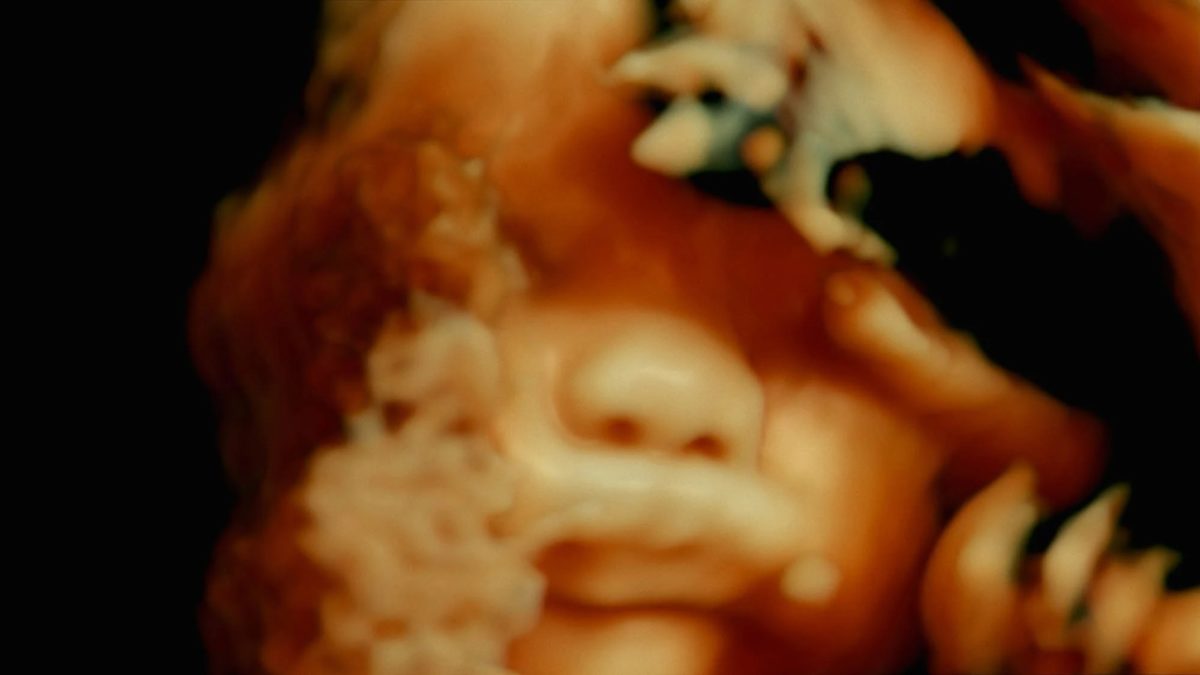
What would you say if I told you there was a film shot (almost) entirely from the ends of surgeons’ tools submerged in the human body, and it’s not The Magic School Bus (there was technically a movie…)? It sends a shiver down my spine, too. In fact, it sent a shiver down my spine for two hours straight. The doc takes you inside squishy-squirmy intestines, blood vein highways, and countless fleshy landscapes, corridors, and rooms I’d have to go to med school to relay the names of. All the while, we hear the surgeons talking through the procedure in voiceover, at times the scariest part of what’s happening in what it reveals about how little the doctors actually know. It’s a resounding confirmation that the human body is all but alien to us from the inside, and in that sense, incredibly difficult to understand and balance on a daily basis. Watch on an empty stomach, because it might make you puke. My cold sweat never broke, and by the end, imagery of extreme closeups of eyes being drained from the iris or scenes of surgeries gone wrong lodged themselves in my nightmares. Enter at your own risk, but know that the imagery and experiential knowledge of being inside the human body will emerge a strange, uncanny reward you carry with you from here on out. Literally.
5. Priscilla (Sofia Coppola)
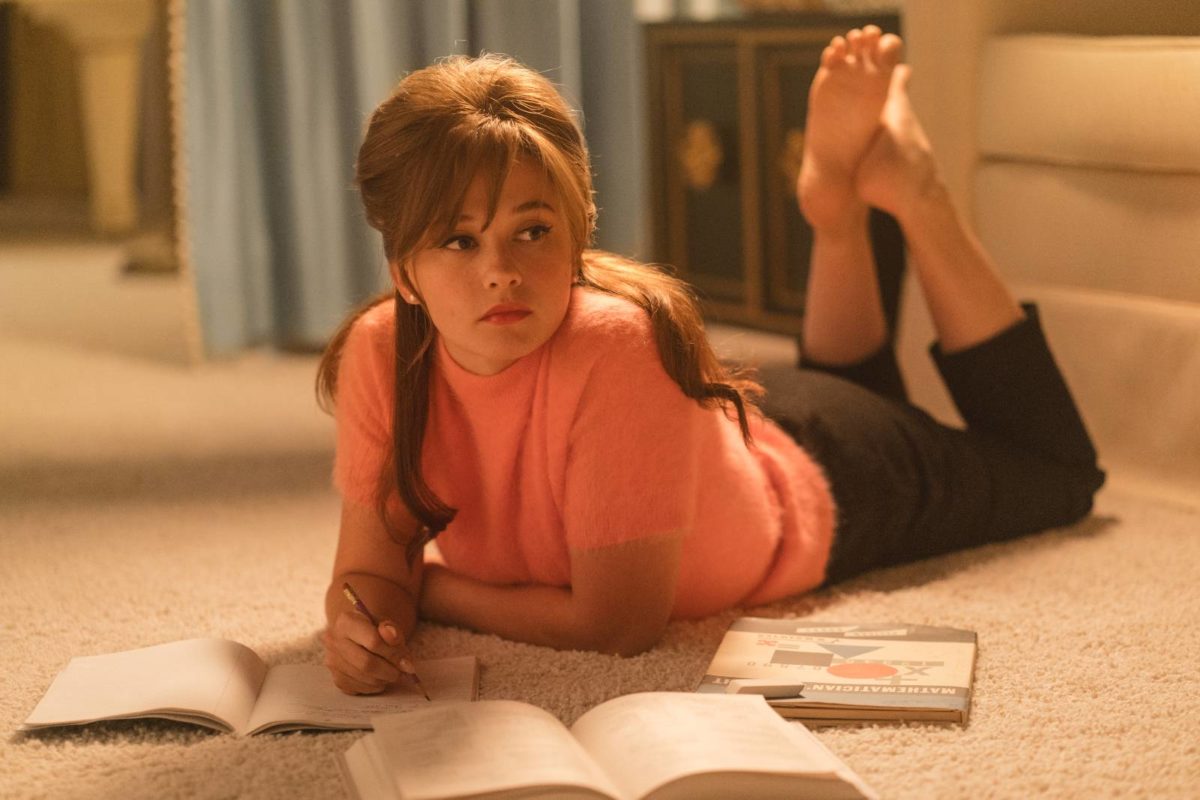
Sofia Coppola was born to tell a story like Priscilla Presley’s and that’s why Presley went straight to her with the project. I wrote a lot on the film at Venice. You can read that here. One addition: in the months since my first watch, my listening habits have proven the soundtrack to be one of the year’s best albums.
4. Rewind & Play (Alain Gomis)
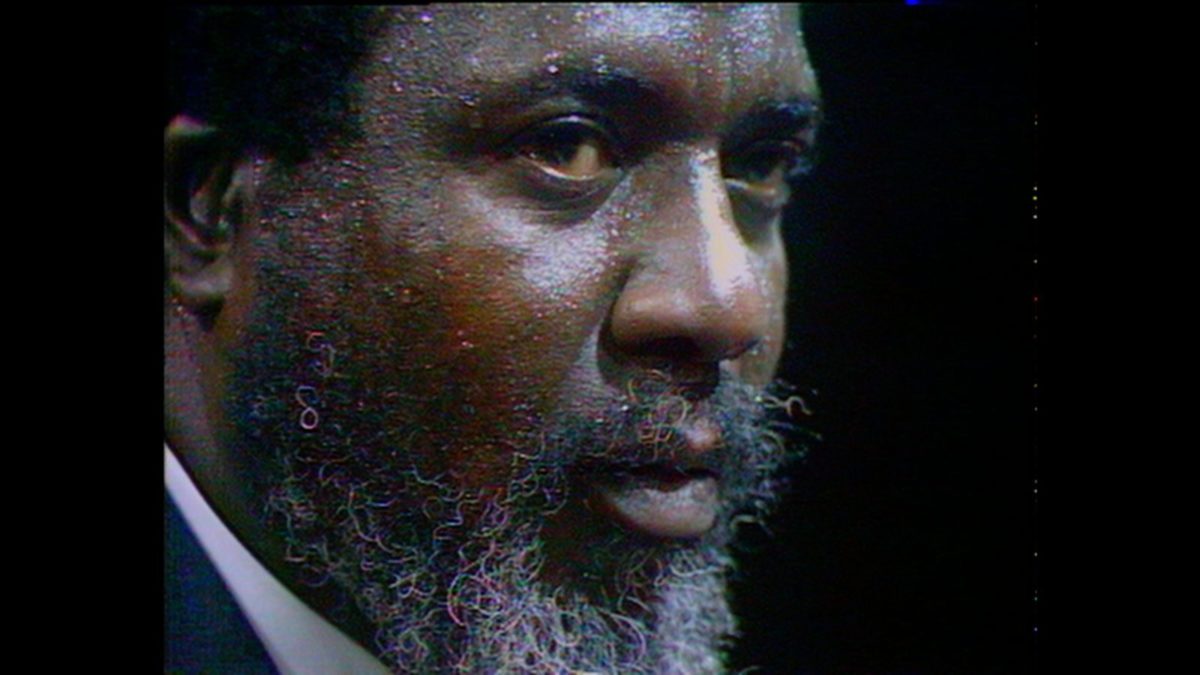
As it stands, no top 10 of mine is complete without a music doc or several. The hardest film to describe on the list, Alain Gomis’ hour-long experimental documentary is a disturbing shock of music history from the international archives. The footage––shot in the fall of 1969 in a French state TV studio in Paris––follows a late-career Thelonius Monk from studio entrance to exit as he’s puppeteered by the producers of a show he’s the esteemed guest of. They treat the legend like a domesticated animal, insisting he play and speak when and how they ask. It doubles as a neon sign pointing to the ways in which white people have categorically misunderstood and disrespected Black people, no matter how kind, accomplished, or revered. It’s the kind of film, in both technical approach and historicity, that needs to be seen to be believed. And not just seen once, or in clear view. It has to be rewound and played again. Then, rewound and played a third time, with a bevy of colorful distortion effects or overlaid images. Then rewound and played again and again and again. In its experimentalism, the film is ever-morphing, ever-falsifying in its portrayal of events, just as the producers of the show are. (They would eventually cut the footage in their own wildly warped way to make a quaint TV special, despite the scene in the studio.) Amidst all of it, Monk pulls out some of his sharpest skills, seemingly in spite of them. The film is replete with dissonant piano musings from Monk that communicate his anger and suffering better than words ever could and double as his way of taking back control where he can.
3. The Zone of Interest (Jonathan Glazer)

The most singular film on this list, it comes with the territory that it doubles as one of the more difficult films to swallow, both in concept and approach. Glazer’s first feature in a decade, and fourth in 23 years, matches his others in only one arena: originality. Glazer is the best of the best when it comes to upending expectations and presenting viewers with a stylistic challenge where they were expecting some semblance of recognizable form. With almost no camera movement, no time spent inside Auschwitz, and no room to breathe, The Zone of Interest is as tight as films come. Every image is earned and plays a significant role. There are a few spare technical flourishes that end up being so startling and thought-provoking, they seem gargantuan. In essence, Glazer finds different ways to use negative space to equip the narrative with the gravitational pull of a black hole (see: posters), one we keep inching closer towards, despite the perils we might witness. If the concentration camp and its daily horrors are the subject, the negative space Glazer redirects our attention to is the existential emptiness and human corruption that surrounds it: the SS and their families, their bucolic homes and gardens, and their lives on the other side of the camp walls. It is, in its own way, a gripping horror. It’s as visually restrained as a Holocaust film could be in its violence yet heightened in other ways that truly burrow under the skin. Whether it’s incessant screams in the background of humdrum conversations or the smokestacks over the garden wall from arriving carrier trains or the bone-chilling score from Mica Levi, the sonic and thematic elements of Glazer’s trim adaptation add up to a masterfully subtle, tasteful, and new approach to how and what we look at when we talk about Auschwitz and Nazi Germany.
2. Pacifiction (Albert Serra)
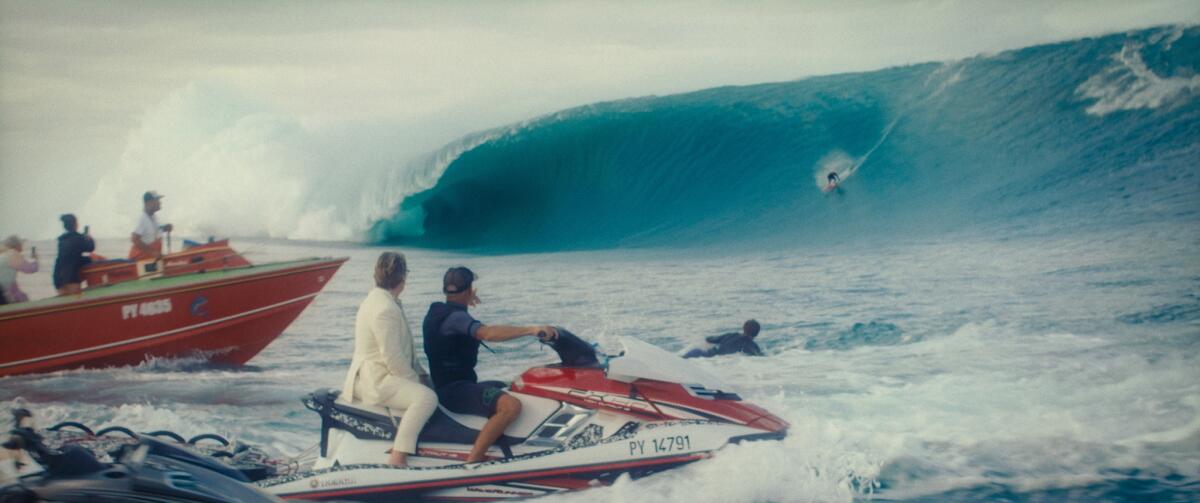
I won’t do better to evoke the sumptuous, insatiable mood of Albert Serra’s French diplomat drama than I did in this excerpt, so here’s some writing I did on it earlier in the year for Paste Magazine: “Catalan classicist and arthouse hellion, Serra is a rare breed of auteur that–20 years into a singular career–has only recently drawn attention from the U.S., whose cinematic head his previous five features have soared over with the jet stream ferocity of a confident, evolutionary artist. But his newest––Pacifiction, which debuted in competition at Cannes in 2022, and opened in the U.S. at the start of 2023––offers more mood, visual aesthetic, and momentum for the average moviegoer to grab onto. The narrative is as nebulous as ever. In the radiant pastel glow of slow, droning Tahitian island life, a French foreign dignitary wrestles with his dawning insignificance in the phantom political machine he’s always served. But the mystery creates an enveloping tone––one heightened by the immersive experience of dodging beautiful, life-ending waves on a jet ski or discussing flippant nuclear tactics with a military general in the club. The music is languorous, the conversations intriguingly veiled, the gauzy light intoxicating, the pace meditation-inducing, and the source of tension almost always invisible.”
1. The Taste of Things (Trần Anh Hùng)
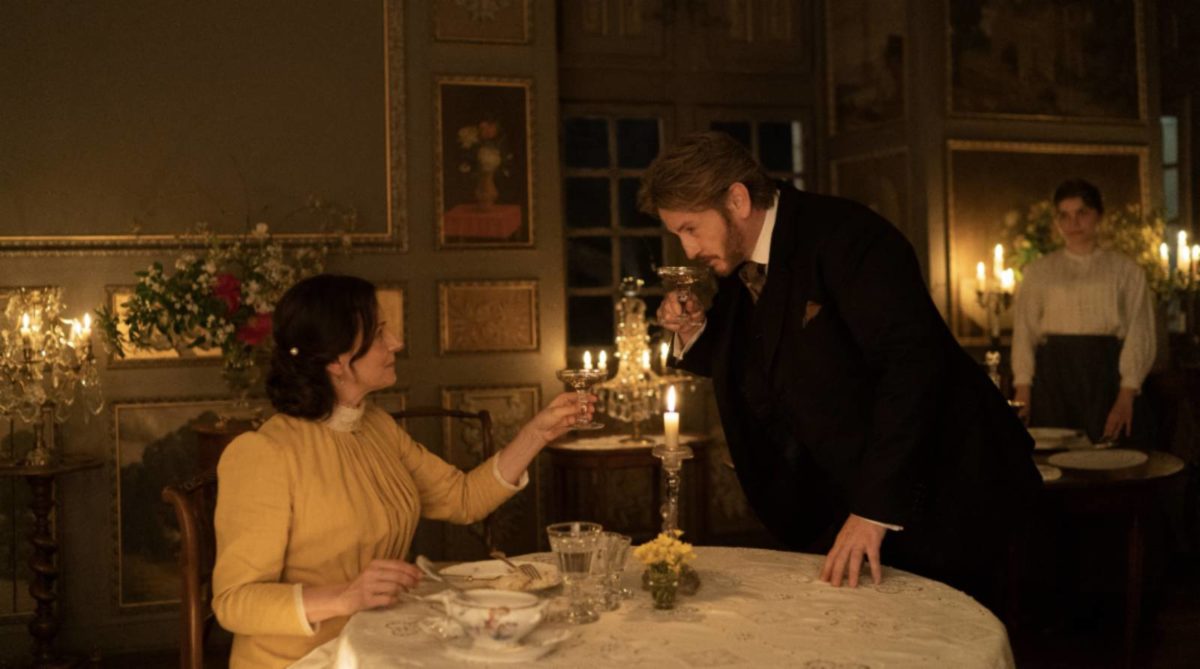
Trần Anh Hùngs newest is an emulsion of mouthwatering French culinary excellence and unclarified romance. The once-titled The Passion of Dodin Bouffant was aptly named for its near-biblical display of unconditional love through cooking (“Happiness is continuing to desire what we already have”). It was then renamed The Pot-au-Feu, which was fitting, sure, but confusing for English speakers, I guess. But it doesn’t matter what language you speak. The re-renamed The Taste of Things is an immersive experience, one that transcends what can be written or spoken. It speaks in what is felt and tasted. Its language is universal desire. I could wax lyrical about its beauty, but how and why it pulls its cinematic tricks is beyond me. I was as unassuming as any when I went into it at Cannes on a late afternoon. I hadn’t heard an audience swell into such audible joy on so many occasions in the first thirty minutes of a film. It was bewildering. I was compulsively laughing but nothing was funny––just lovely or delicious-looking enough to fill me with amusement. I leaked tears of joy while wondering at the same time why. Is it the food? The intimacy? The smooth camerawork? The succulent copper sheen? I still don’t fully understand, and that’s the irrefutable magic of it. To watch The Taste of Things is to fall under an all-consuming spell, to enter a dream––a delightful and delectable wonderland of elaborate kitchenry shot, used, and discussed with a pornographic level of pure pining. Whether it’s amidst a bright afternoon basting in the stonewall kitchen or a nightcap over a lace-lined pondside table, Juliette Binoche and Benoît Magimel sell every drop of gastronomical chemistry and extraordinary devotion. It inspires a deeper care for and commitment to the people we share our everyday with and begs the question, “Is cooking for someone the greatest act of love?” According to The Taste of Things: Yes.
